As you are aware, P5 are engaging in discussions around keeping safe, relationships, puberty and personal hygiene. With this in mind I thought that you would appreciate a link which will support you with any questions you may be faced with throughout this learning :
Learning-at-Home-Second-Level-information-for-parents-and-carers
This year we are celebrating the 70 year reign of Queen Elizabeth II.
Please spend time to learn the words for our national anthem. Your child will receive a paper copy of this to practise too.

In ICT we have been working on sending emails. Parents, could you please send an email to your child’s glow email address :
Emails are formed by starting with eap. (east ayrshire pupil) followed by surname first name @ glow.sch.uk
Here is an example if I were a pupil in east ayrshire :
eap.agnewdonna@glow.sch.uk
Spelling block 6 – f phoneme
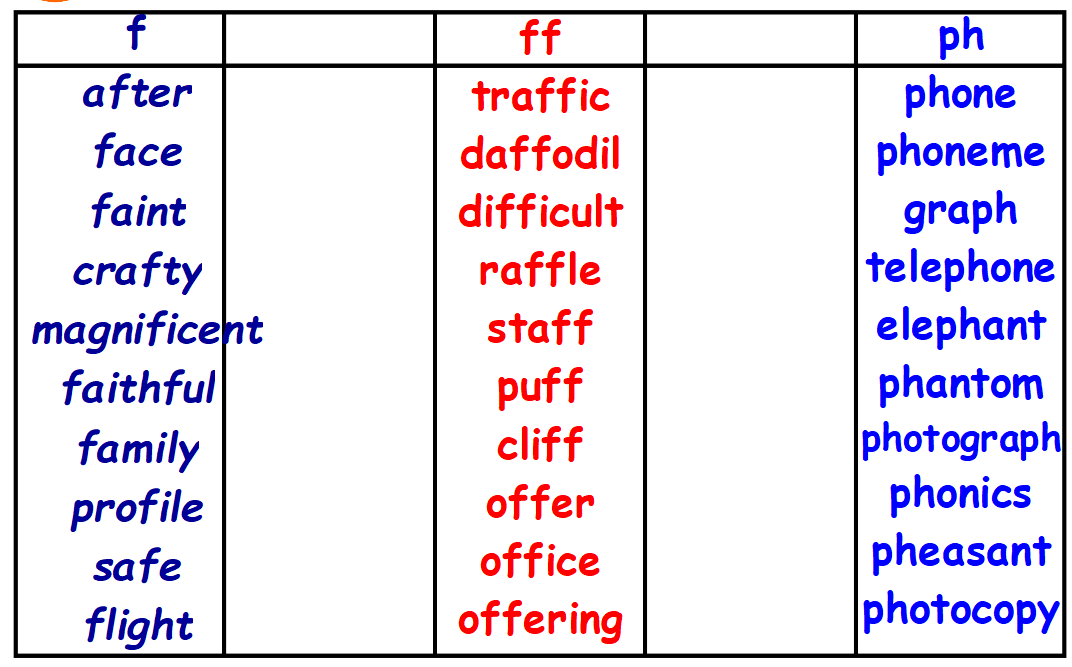
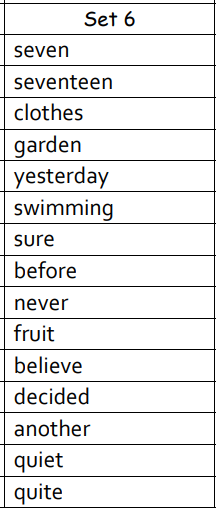
Reading : Asking questions about a text.
Using question words – when, where, who, what, why, how – create questions about different texts at home.
Ask someone at home to give you an answer to which you have to work out what the question may have been.
We are also looking at inference – identifying elements of text which give a clue about what is happening without actually stating it clearly.
Numeracy : continuing with times tables, inverse facts and dividing facts using number fact families. E.g. 3 x 5 = 15 -> 5 x 3 = 15. So 3, 5 and 15 form a number fact family. If we know this info then we can work out the 2 dividing facts which uses the same family of numbers.
15 divided by 3 = 5 and 15 divided by 5 = 3
We will also be working out missing products and divisors using this knowledge. This will nicely flow into an understanding of algebra and working out the value to a number using the info we are given. We will be using function machines to help us in our algebraic thinking.
Maths : Angles
Identifying different angles – right angles (90 degrees), acute angles ( less than 90 degrees), straight line (180 degrees), obtuse angles (great than 90 degrees) and full rotations (360 degrees)
Spelling block 5 – oo phoneme
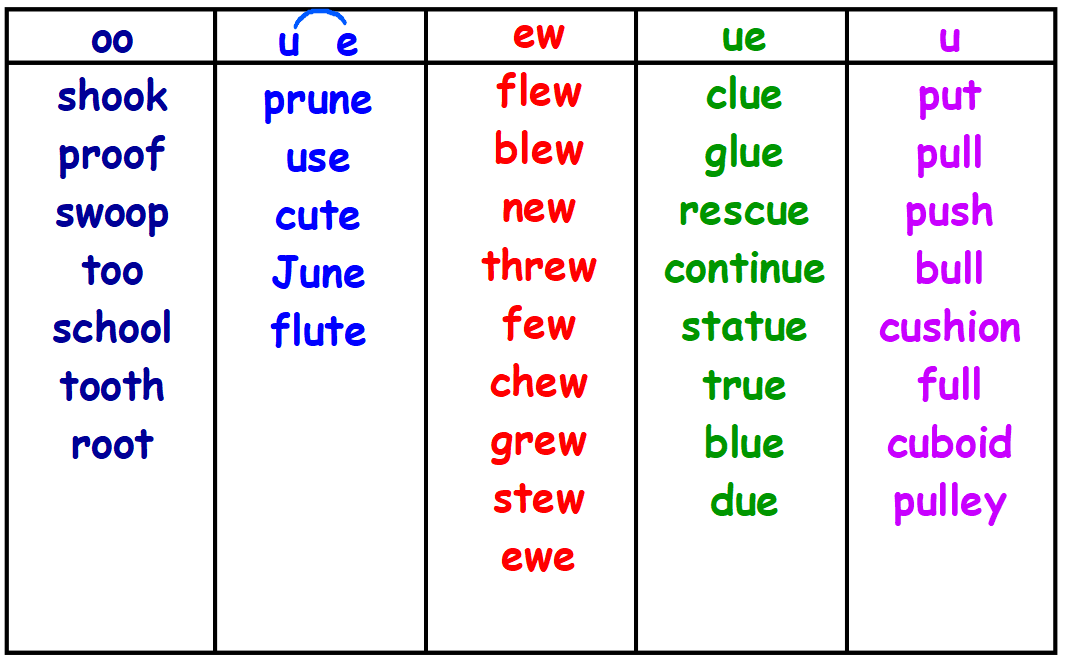
Set 5 common words :
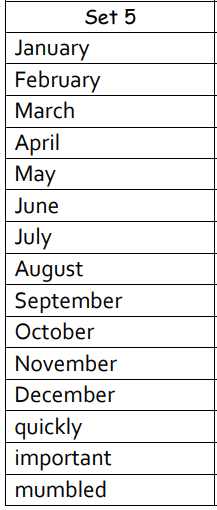
Numeracy – linking times tables facts and division facts.
A times table booklet has been sent home for your child to continue practising their times tables facts. Ask your child to tell you the 2 division facts which can be made from their times table fact. Doubles only have one times table fact and one division fact.
Some children feel ready to move on to bus stop division using numbers beyond the tables, where they lay out their work like this:

The equations is 360 divided by 8. They tackle each number in turn and ask themselves – how many 8’s go into 3? The answer is 0 because 3 is smaller than 8. This means that the unused 3 moves to join the next number and becomes 36. They ask themselves – how many 8’s go into 36. 8 x 4 is 32 which is the closest number to 36 without being too big. As there is 4 left over (36 – 32 = 4) the left over 4 then joins the next number to make 40. 8 x 5 = 40 so the last number is 5. This means that the answer to 360 divided by 8 is 45.
Here is a wee video to help explain how to divide numbers:
Here are some rules for divisibility:

Term 3 :
Reading, Talking and Listening – Robert Burns Poem “Willie Wastle”
RR-Task-Map-Willie-Wastle-by-Robert-Burns
Spelling block 4 – oe phoneme – oe as in toe, tomatoes etc.
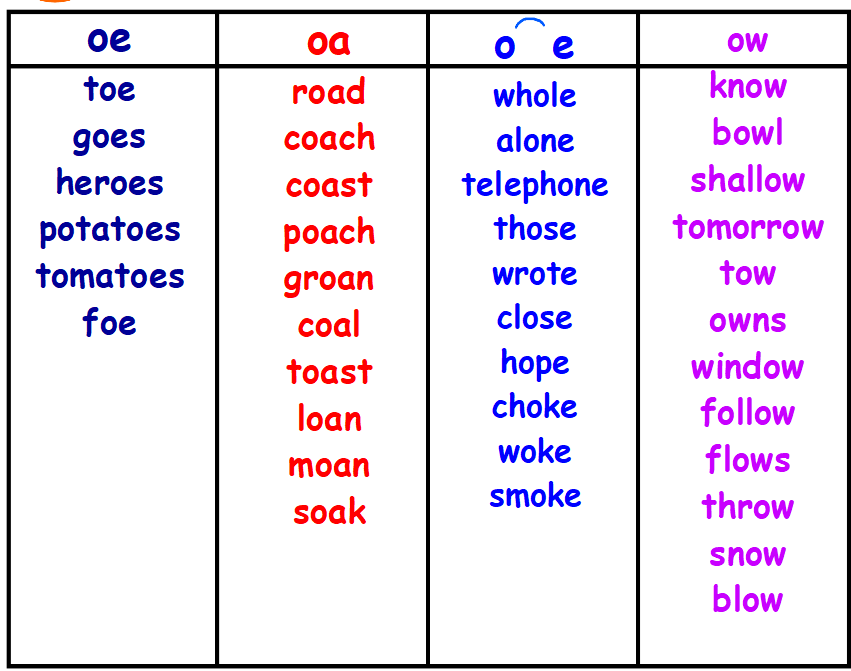
Set 4 common words :
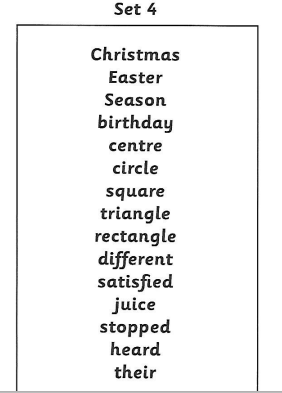
Practise these 2 sets of words over the next 4 weeks. Practise spelling the words aloud, discover ways to help you remember how to spell each. Try using the strategies we use in class – break and blend, words in words, analogy – rhyming etc.
Numeracy :
Decimals and fractions – whole numbers and parts of a whole.
Adding, subtracting and multiplying decimals to 1 or 2 decimal places using vertical calculations.
Maths : Money
Make as many opportunities to sort, count, add up money. Write amounts in £ and p using the decimal point. Discuss the numbers to the right of the point are the pence (part of a whole pound) and the numbers to the left are the pounds amount. When out shopping estimate and round up amounts and add them together. Work out the change to be given from different amounts.
Maths : measurement
Using a ruler or tape measure estimate and measure different things around your home using centimetres and millimetres. Measure amounts on scales (kg and g), volume (ml and l). Help out in the kitchen by measuring the amount of liquid needed in different recipes. Also, look at labelling to discover the measurements in Kg and g, ml and litres for different food products.
Topic : Forces, electricity and waves
Do some research about the above topic and create a Powerpoint, poster, game or quiz.
*************************************************************************
P5 have chosen “All I want for Christmas is you” by Mariah Carey. Please have a bit of fun with the following link, making up poses and actions for the song.
We are beginning spelling block 3 this week with the “ie” phoneme, which includes “igh” “i_e” and “y” representations.

Please also take time to discuss words which end with “y” which change to “i” before adding on “es” ( cries, lies, flies etc) and “ed” (tried, plied, replied etc).
During this block we will also be working on set 3 common words.
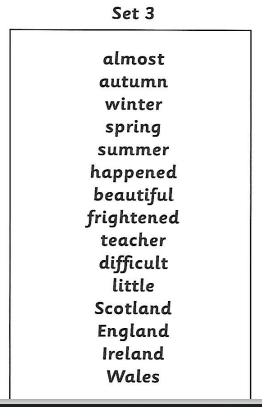
This week in numeracy we have been working on place value in numbers. We can identify which digit is the thousands, hundreds, tens and ones. We have been challenging ourselves working with bigger numbers too – some children even working on millions and billions!
We have also been looking at number lines and placing numbers where they belong using our place value knowledge. Here are some examples of our learning :


We need a bit more practise in estimating where numbers belong, especially when using a greater number range. Please encourage your child to draw different number lines and plot some numbers where they belong :
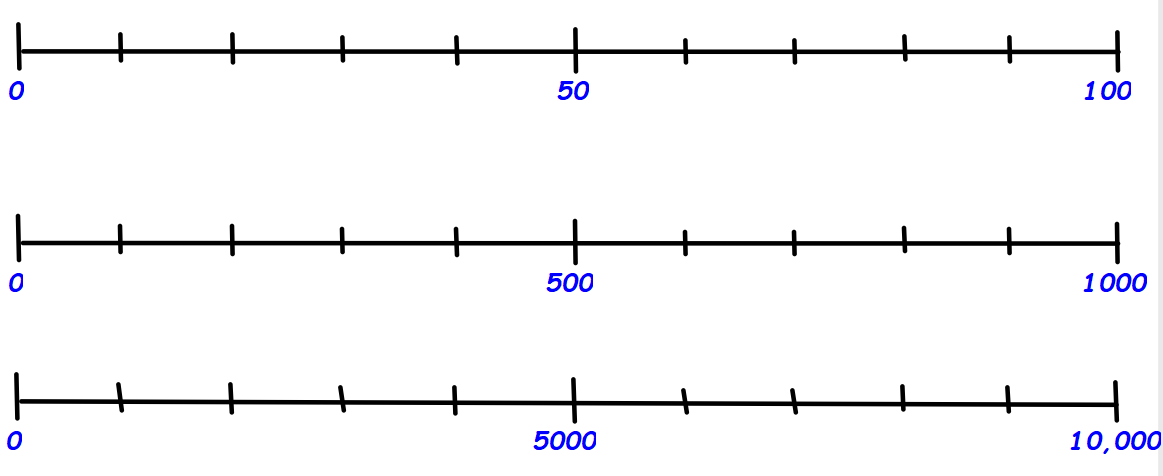
Next week we will be tackling vertical calculations in addition and subtraction. Have a go at some different calculations. They should be set out like this:
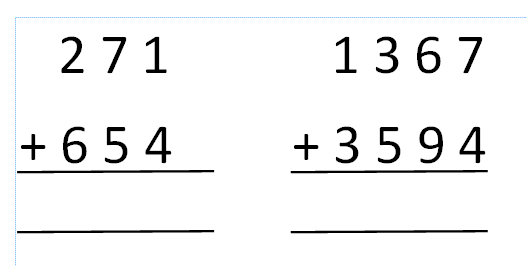
Support your child when carrying on a ten. It should be placed below the bottom line but in the next value place :
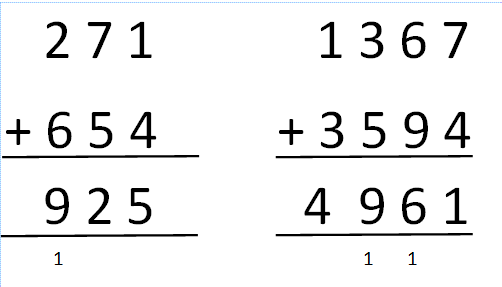
In subtraction, the tricky part is when the top number is smaller than the bottom number. In this case we need to exchange from the next place. Here is an example of this to help you out.

https://www.liveworksheets.com/worksheets/en/Math/Addition_with_Regrouping/Addition_hn1878560zr
If you would like to share any of your homework please email to donna.agnew@eastayrshire.org.uk
Thank you.
Block 2 spelling – ee phoneme


Article 29
I have the right to an education which develops my personality, respect for others’ rights and the environment.
Cop26 is a conference about Climate Change.
Create a poster or Power Point about one change you think everyone could make to improve our planet.
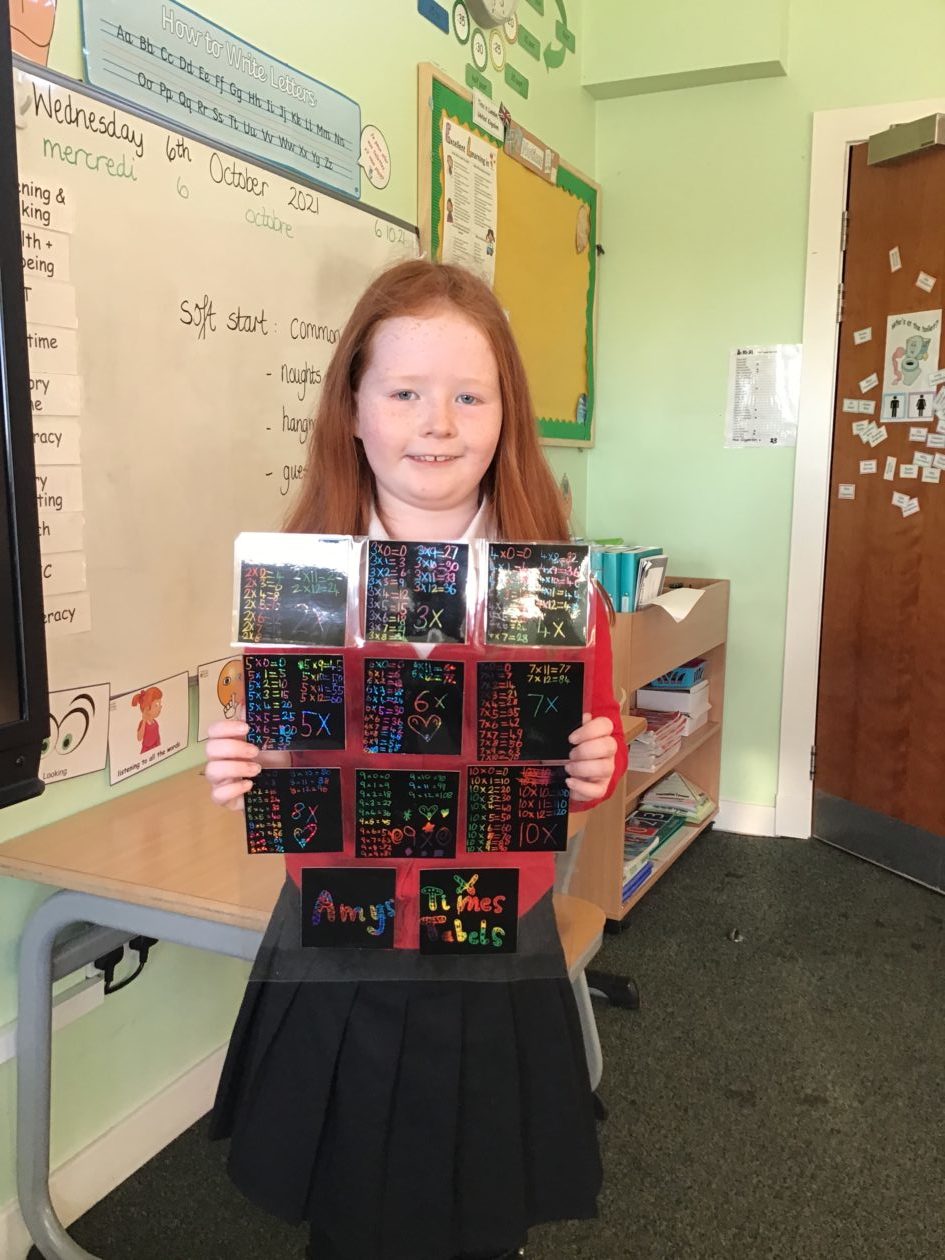
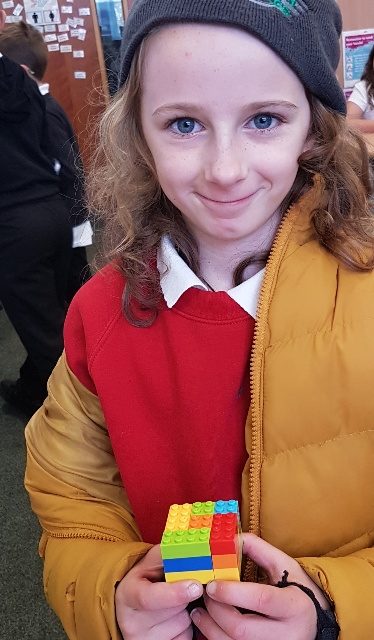
Over the past couple of weeks P5 have been having fun upskilling in numeracy basic facts through timed challenges, team challenges, sumdog, hit the button and times table rock stars. These are good ways of encouraging even the most reluctant of learners to become involved in improving their knowledge of number bonds and times table facts.
www.sumdog.com
www.ttrockstars.com
www.topmarks.co.uk
Beginning next week, we will be learning how to read and spell the common/tricky words for P5. We will also be learning new strategies and ways that will help us to remember the spelling of these words as they often do not follow normal spelling rules. Practise these words using the strategies taught in school and be prepared to share which strategies work best for each word

Here are the spelling words we are learning in spelling block 1. We will be working on these words for a block of 4 weeks. We will be doing daily activities as well as peer checking, dictation and exploring the phoneme “ae”. At the end of the block of learning there will be a test to assess the understanding of all the representations of the phoneme “ae”.

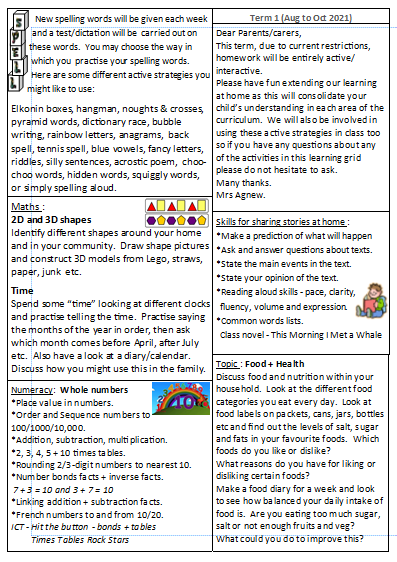
| Literacy | Numeracy | Health and Wellbeing | |||||||
|
|
|
|||||||
|
Try to eat your five a day.
Brush your own teeth at least twice a day. |
||||||||
|
Try different foods – you never know, you might like them. |
||||||||
|
|
||||||||
|
|
|
|||||||
|
Life Skills | Arts and Crafts | |||||||
|
|
||||||||
|
|
ICT | |||||||
|
|||||||||
|
Help to create a shopping list. |
|
|||||||
